Twice a year, the Northolt Nightshoot event is hosted by this Royal Air Force base located west of London, UK. The 32nd edition was visited by aviationreview.online for a pictorial overview.
Text and photos: Emiel Sloot

RAF Northolt’s night photoshoots commenced in 2009, and the so-called Project MODEL was the direct reason to organize these. This particular project covered the demolition of most pre-war buildings at the air base, subsequently replacing them with modern structures. Building 27, also listed to be torn down, was built in 1928/29 as RAF Northolt’s Sector Operations Building. Between 1936 and 1939, Air Chief Marshall Hugh Dowding used this very building to develop the first Integrated Air Defence System. Due to its vulnerability as being located on an active RAF airfield, it was forced to close as an operations centre on 17 June 1940, just before the Battle of Britain commenced. However, the building did survive the war and saw various use before closing down in 2007 prior to its planned demolition.
Due to its historical significance, Building 27 was successfully saved from tearing down, with the purpose to restore it in its June 1940 appearance. Such a restoration is of course rather costly, and to assist in getting the required funding, the plan to run night photoshoots saw the light. A certain fee for photographers to participate – extra donations always welcome – has so far raised over GBP 200.000. This will secure the building’s future to be appreciated by the next generations.
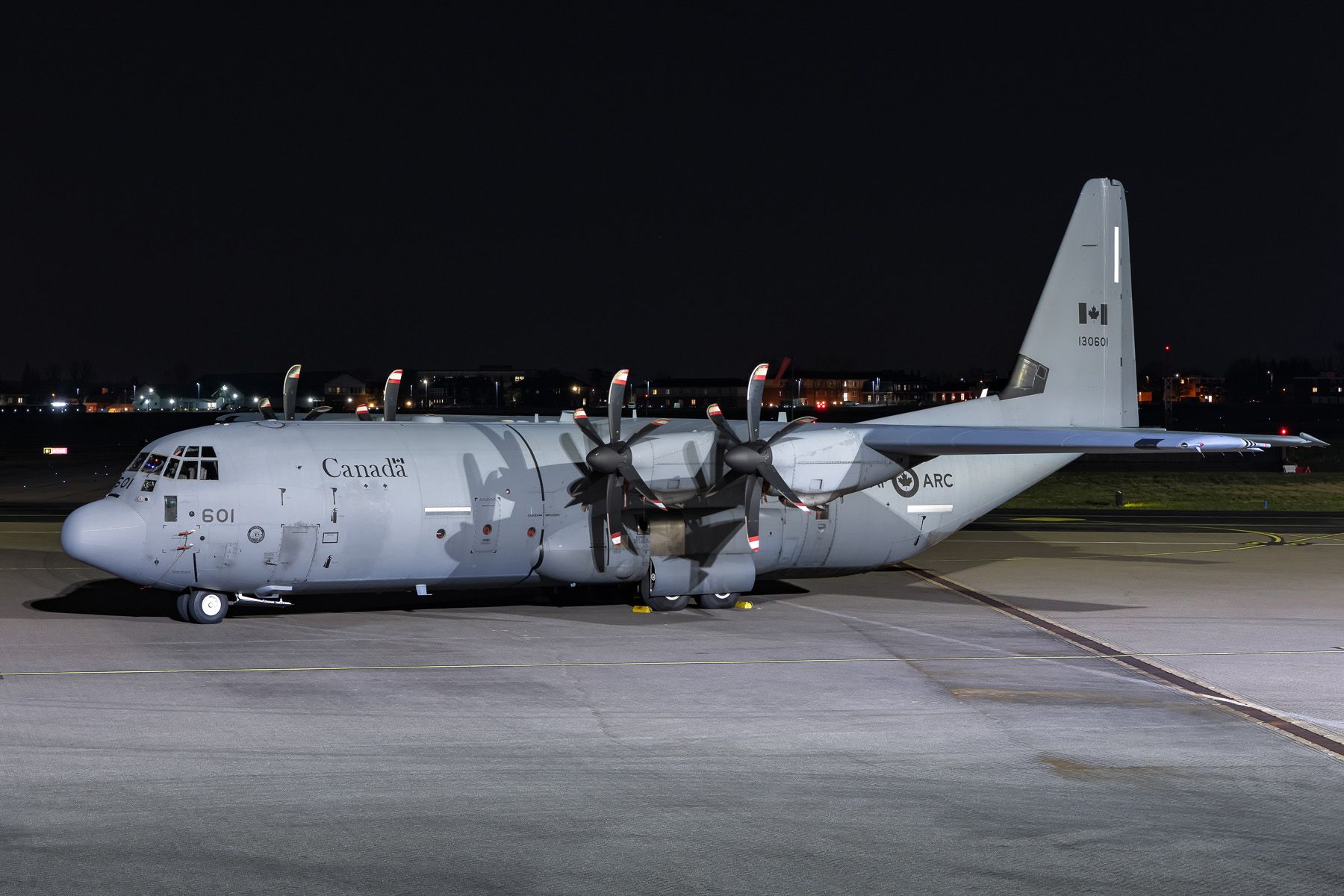
As with several previous editions, international participation was secured. The French Air & Space Force sent a CN235M-300 transport aircraft as well as a EC725 Caracal helicopter. The CN235M is operated by Escadron de Transport 3/62 ‘Ventoux’, based at Base Aérienne 105 Évreux-Fauville. A total of 27 (-200 & -300 variants) of these medium tactical transport and logistic aircraft are in service. In 2023, a contract was signed with Thales and Sabena Technics to upgrade the fleet’s avionics, including a TopStarC GPS receiver and inertial navigation systems, a new TopDeck avionics suite similar to those used by commercial ATR 72 aircraft, and the latest Thales Radio Altimeter, immune to 5G interference. These modifications will extend the CN235’s service life beyond 2040. For the night shoot, the CN235 crew briefly ran its General Electric CT7 turboprops.
The Eurocopter EC725 Caracal is the special operations variant of the classic Aérospatiale Super Puma. Ten Caracals are operated by the Escadron d’Hélicoptères 1/67 ‘Pyrénées’ based at BA120 Cazaux, with one or few detached to the Groupe Aérien Mixte 56 ‘Vaucluse’. This mixed aviation group is based at BA105 Évreux-Fauville, and due to its special missions, the unit’s operations are shrouded in secrecy.
Three Cognac-based Pilatus PC-21s of the l’Armée de l’Air et de l’Espace were also invited, but unfortunately had to cancel. The German Navy also had to withdraw their participation with a Dornier 228 due to last-minute operational commitments.
Along with the French, the Royal Canadian Air Force sent a Lockheed CC-130J Hercules to RAF Northolt. These transports are operated by 436 Transport Squadron, based at CFB Trenton, Ontario. Although apparently a long way from home, Canadian transport aircraft frequently operate over Europe due to NATO and other international commitments, so a brief stop at RAF Northolt could be planned fairly easily. In fact, the unit had participated on an earlier occasion, nevertheless always most welcome visitors.
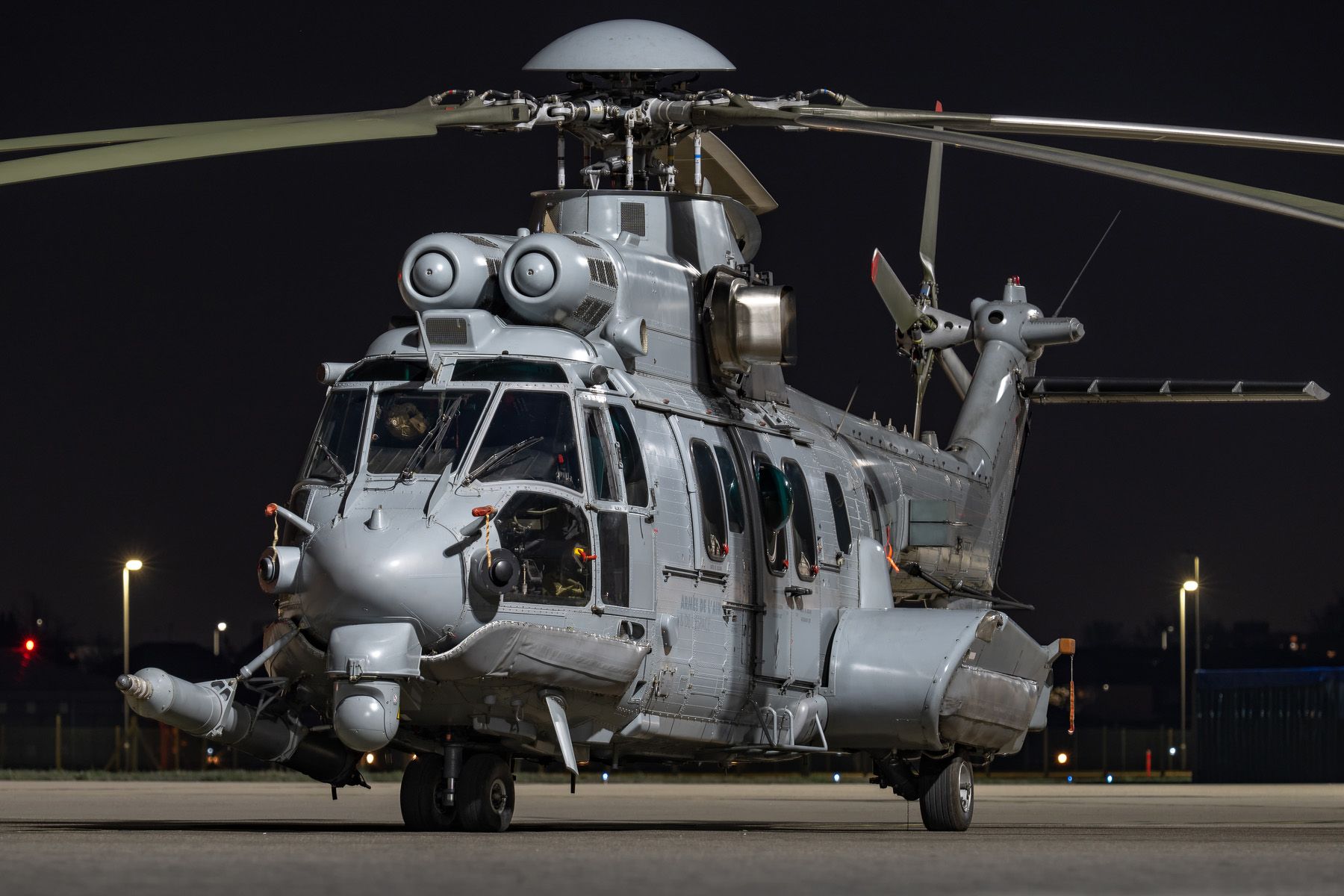
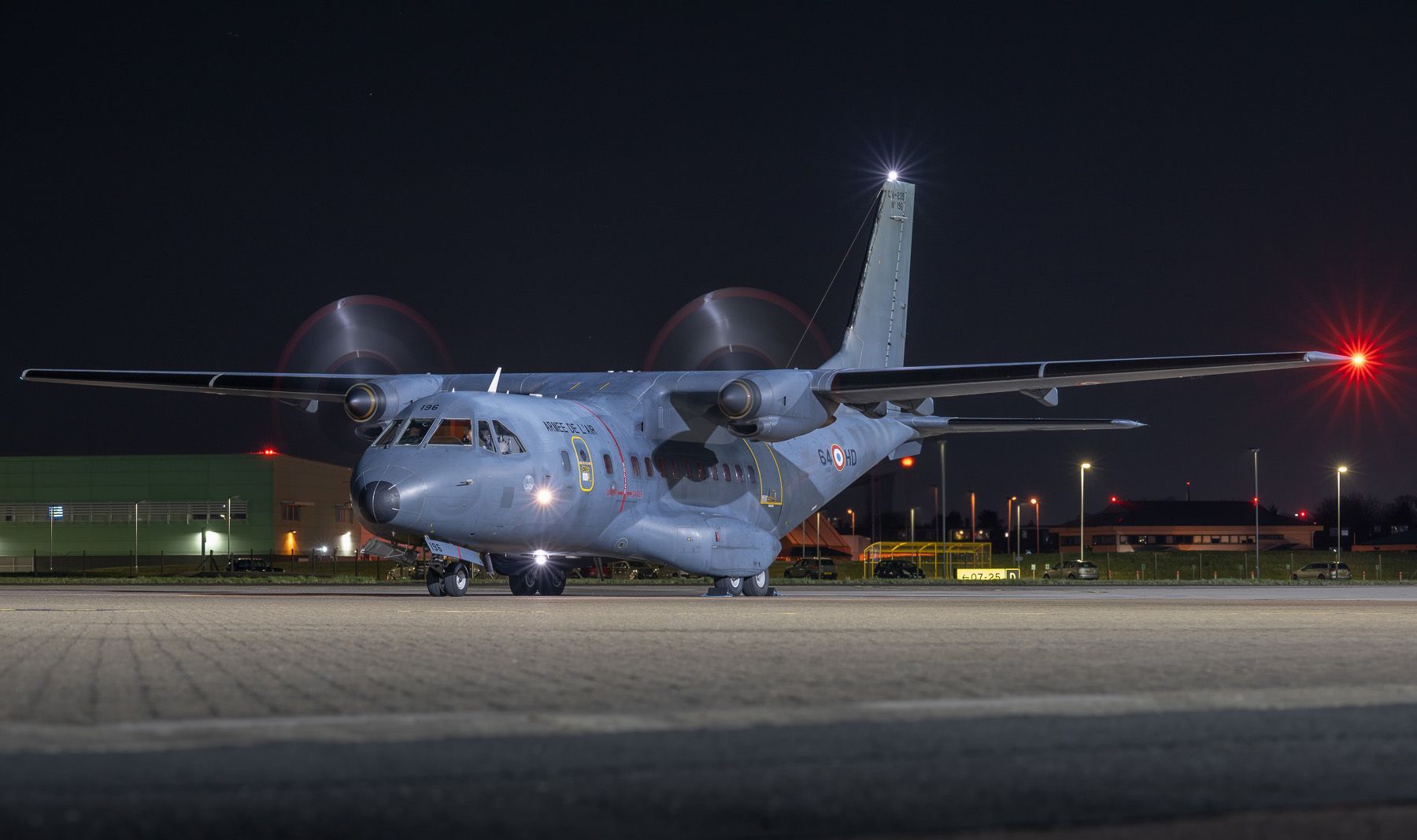
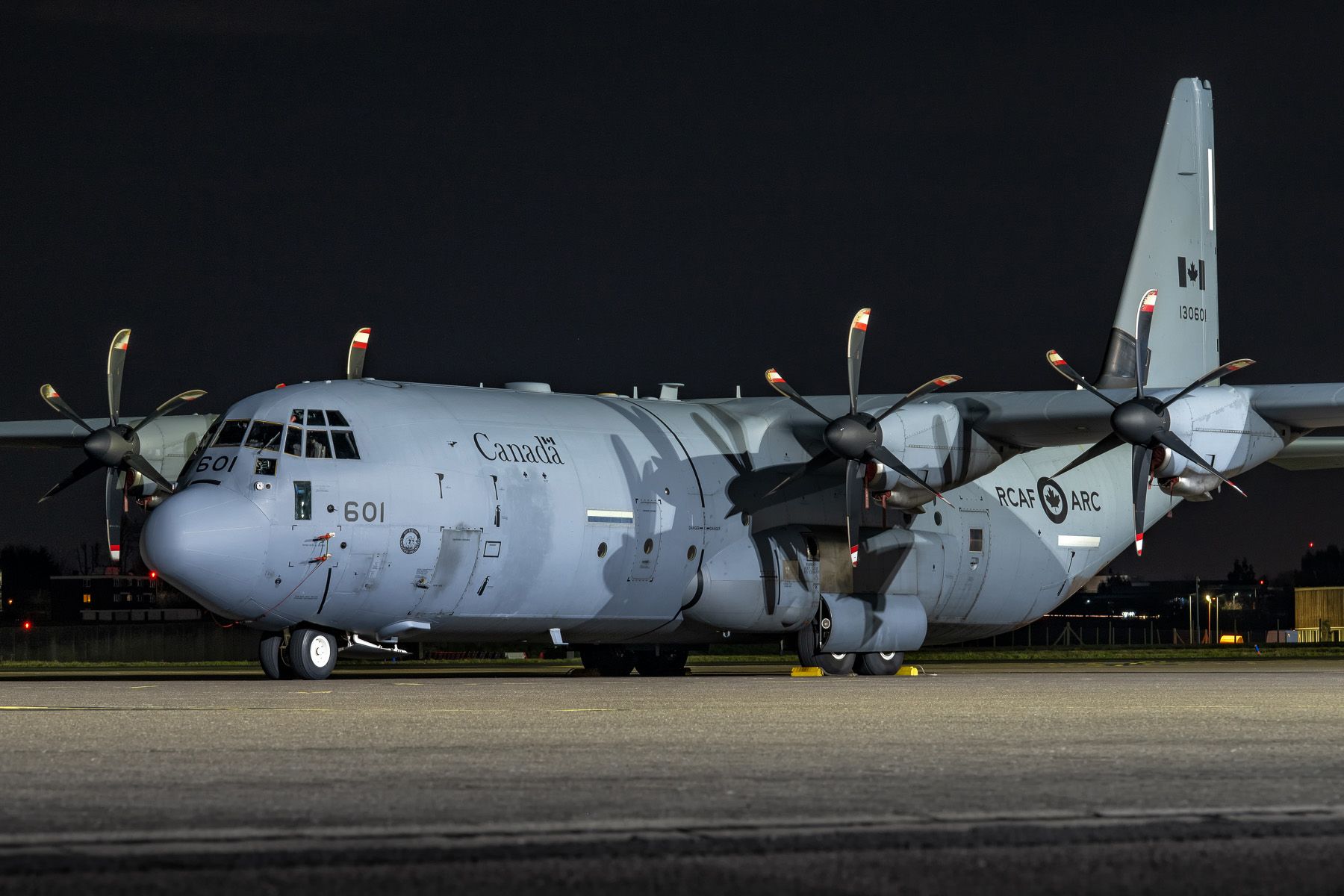
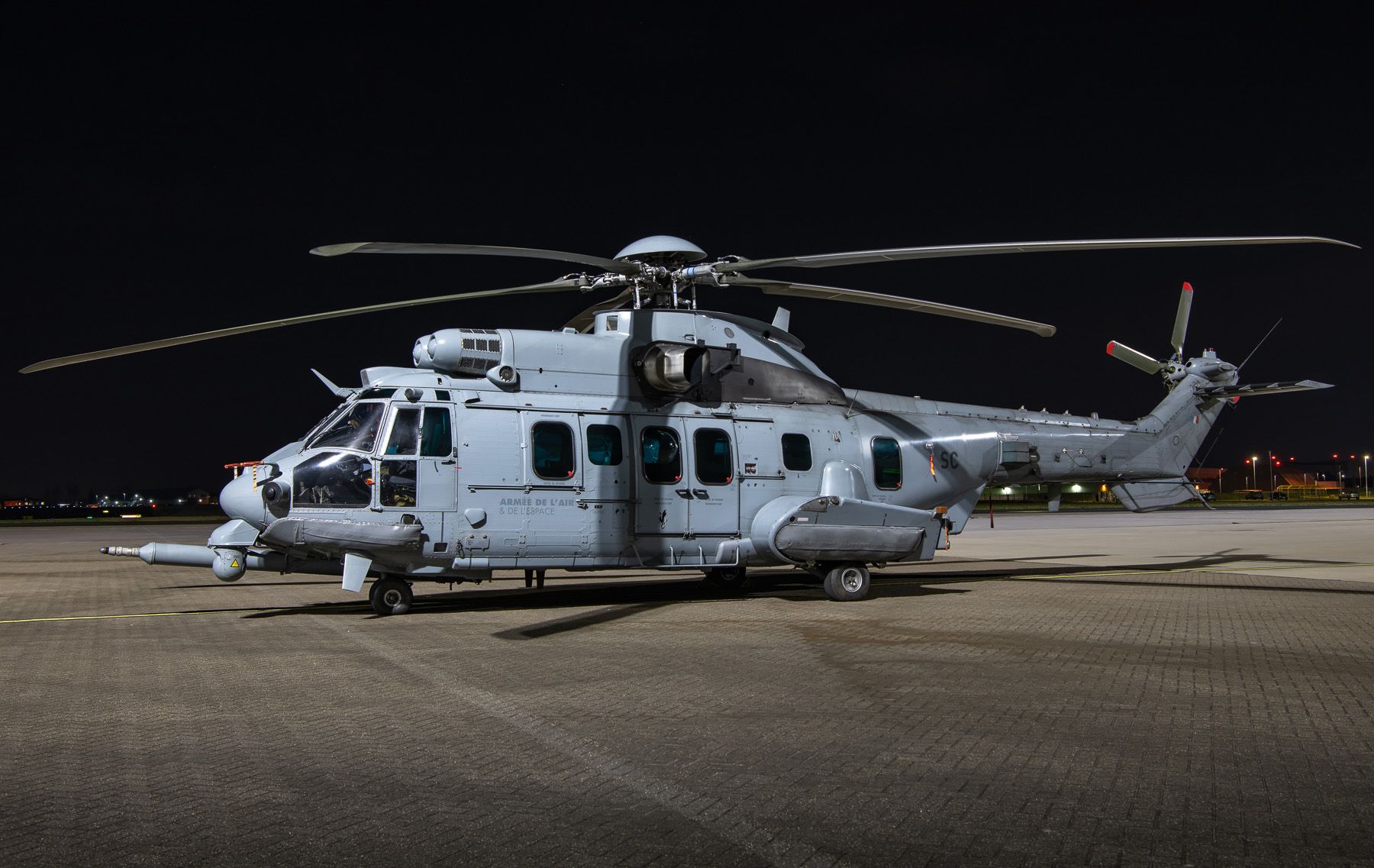
Of course, UK’s military was also present. The Army Air Corps flew in both its current helicopter types. The AgustaWestland Wildcat AH.Mk 1 equips three squadrons (652, 659 and 661) of 1 Regiment AAC, operating out of RNAS Yeovilton. A similar amount of squadrons (662, 663 and 669) fly the Boeing AH-64E Apache. These units are controlled by 3 Regiment AAC that is based at Wattisham Flying Station. Both the Wildcat and Apache returned home during the event, creating a nice opportunity for some extra images.
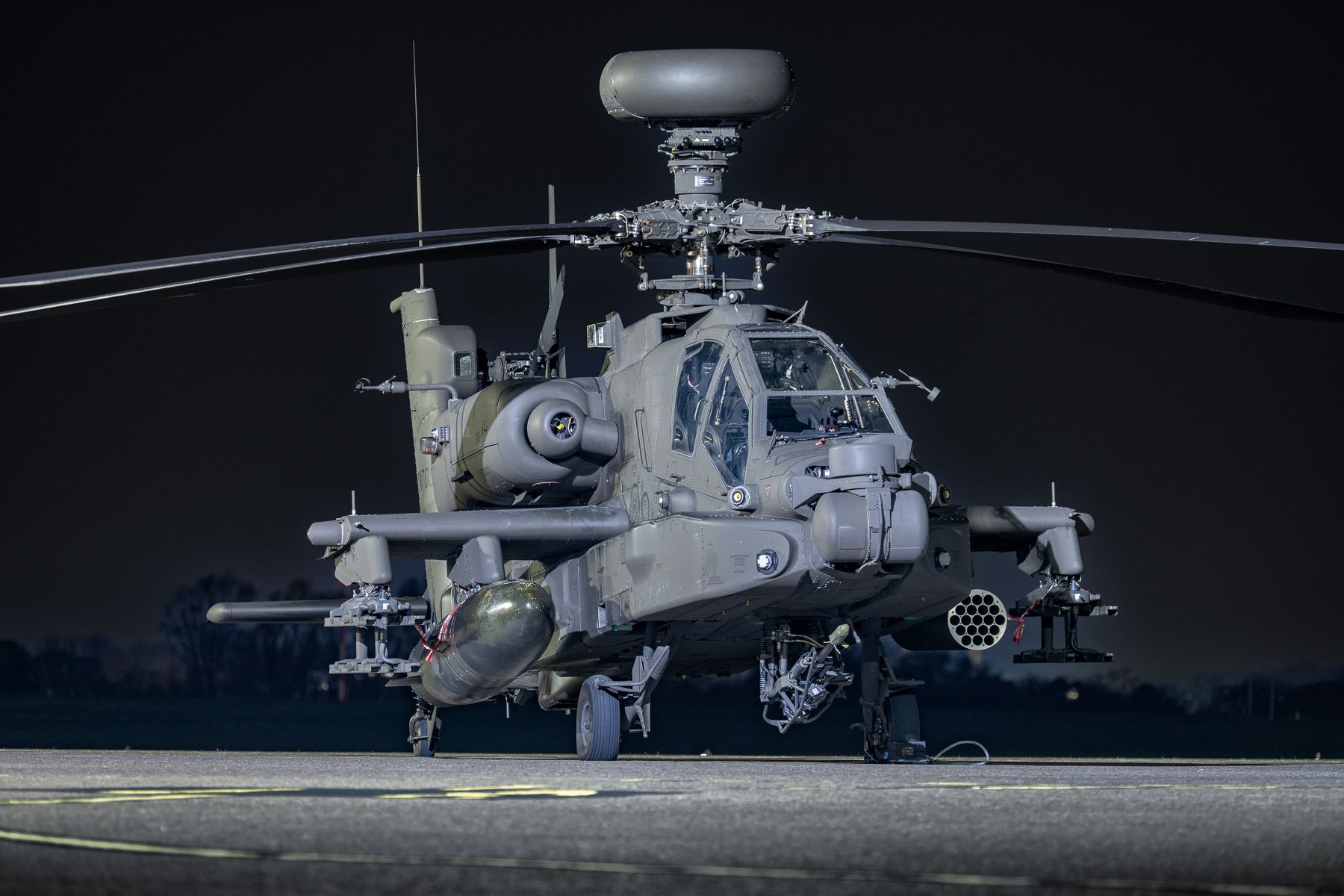
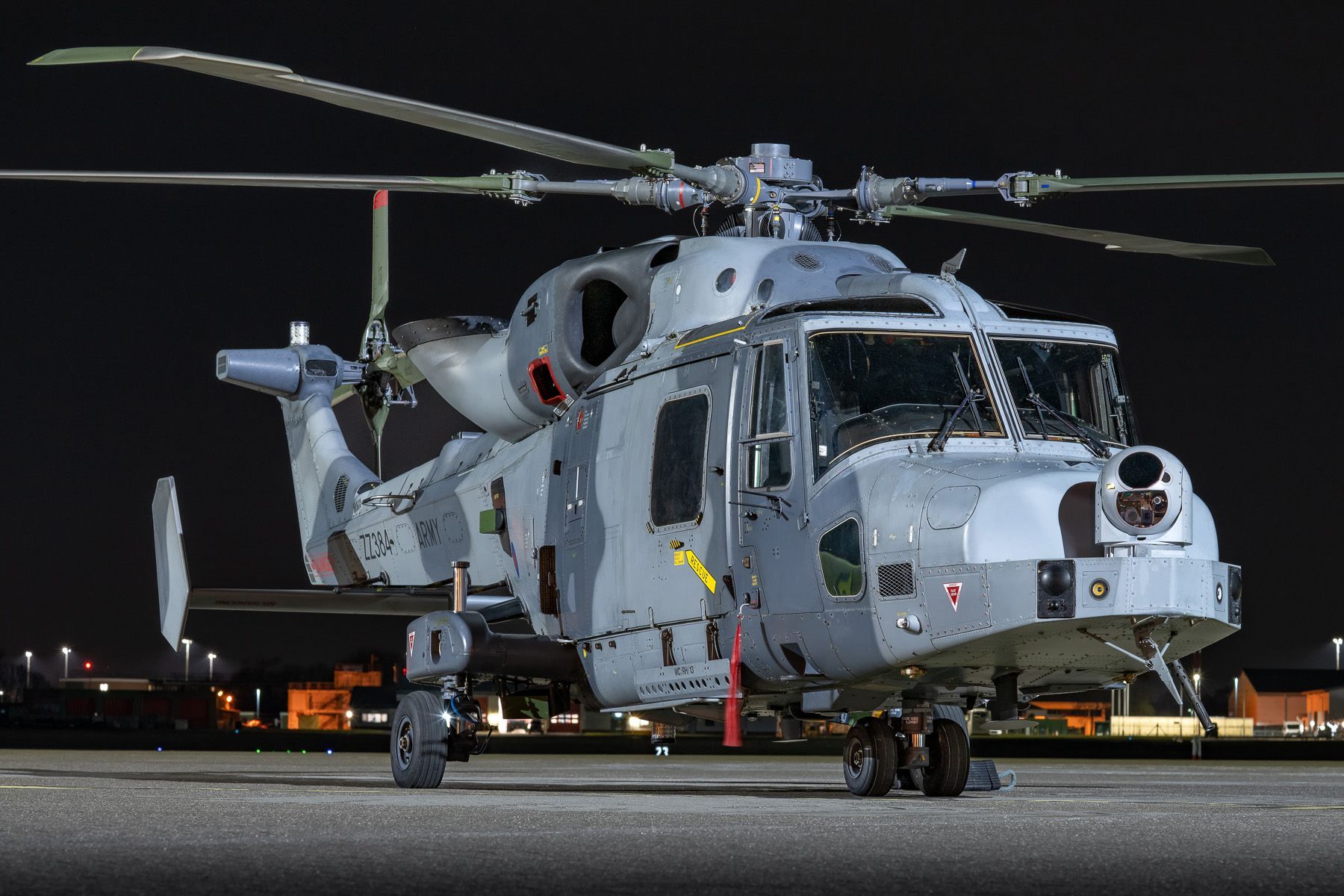
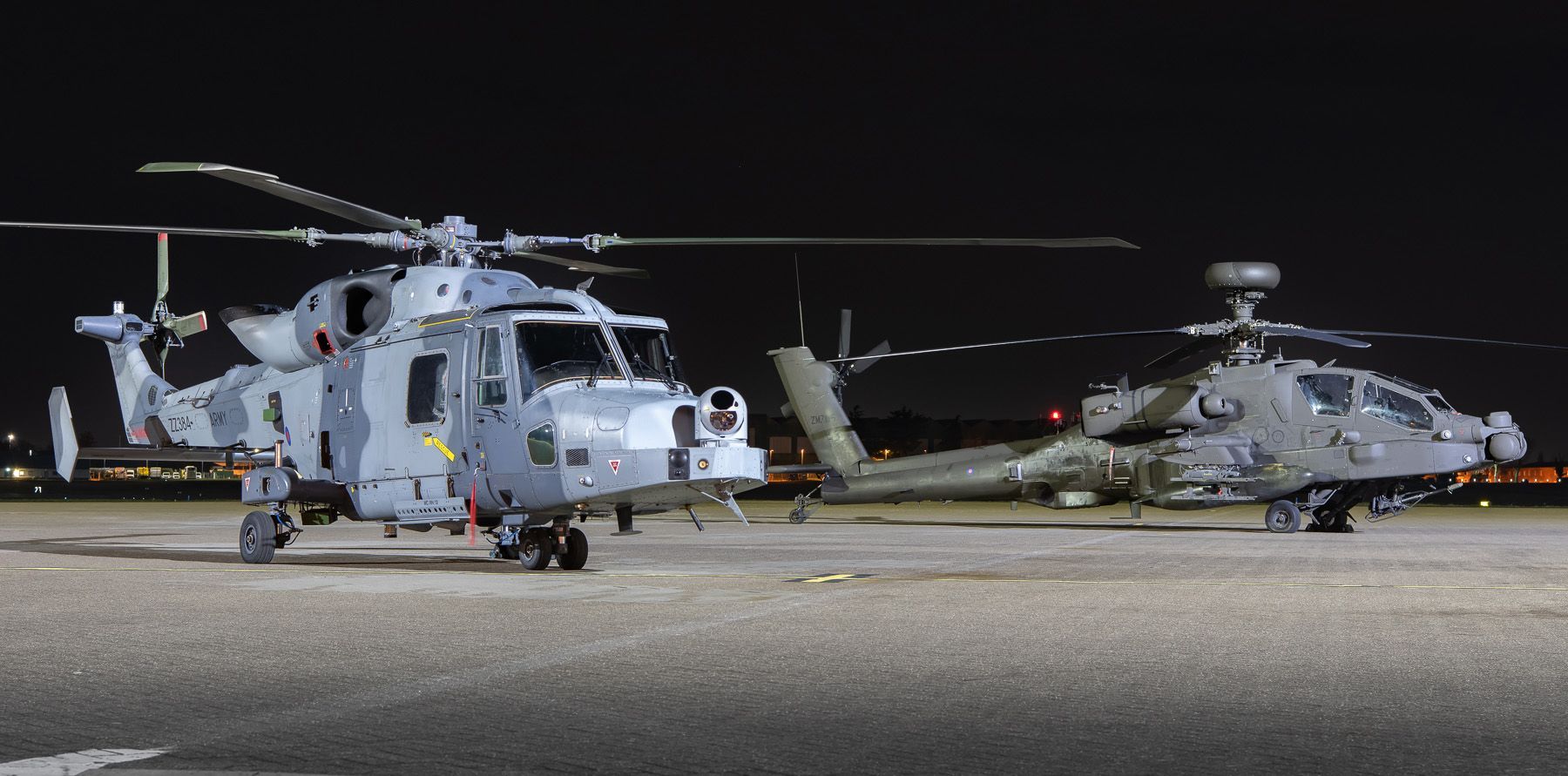
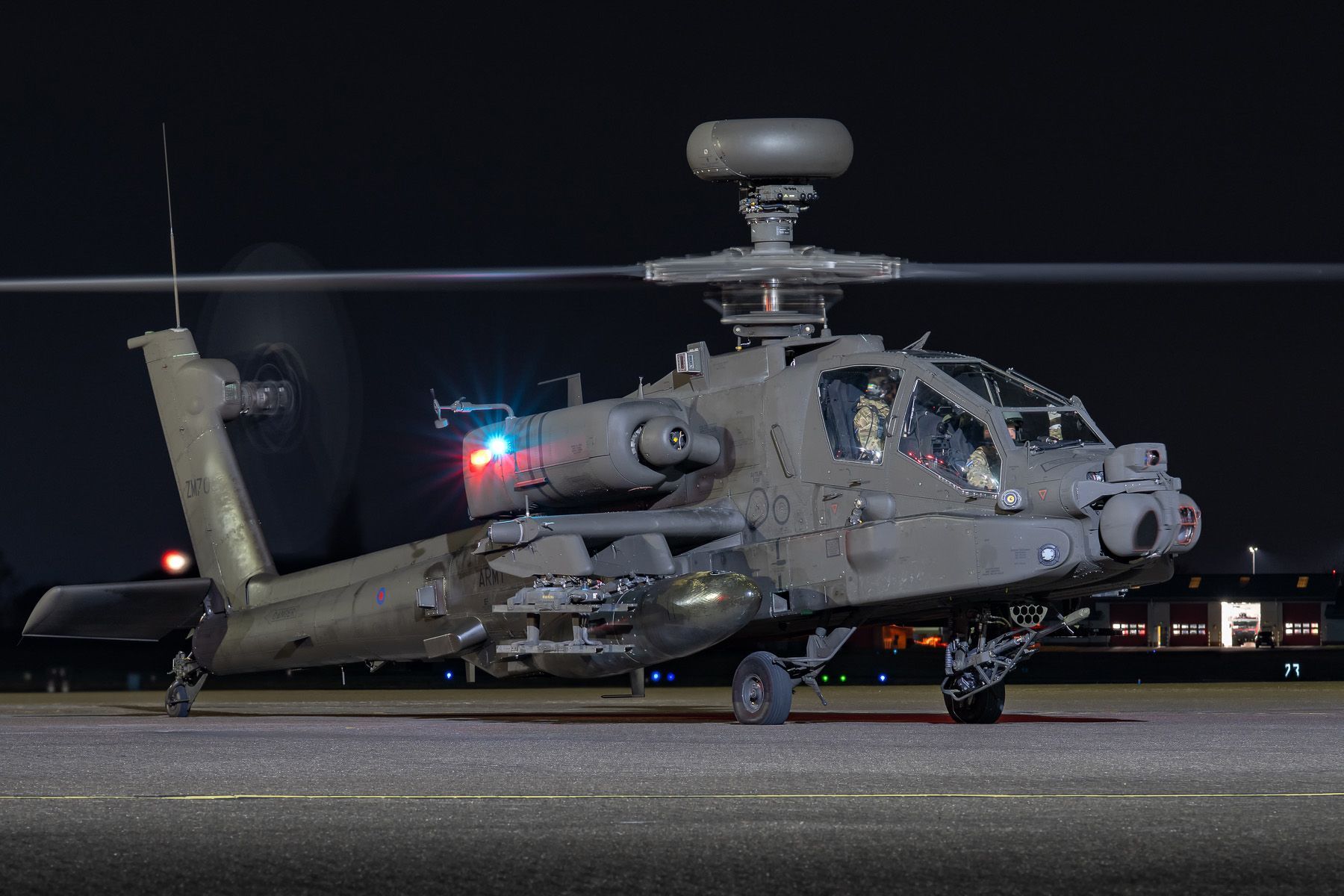
Last but not least, the presence of a Puma HC.Mk 2 was particularly noteworthy. The Royal Air Force has operated the trustworthy Westland Puma for more than half a century. The first pair of HC.Mk 1s was delivered on 29 January 1971, allowing 33 Squadron at RAF Odiham to use these new transport helicopters. Several other units would later operate the type, which saw service in various operations around the globe. From 2012, 24 were upgraded to HC.Mk 2. This modification programme included new Turbomeca Makila engines as well as new gearboxes, tail rotors and engine controls. Furthermore, a digital autopilot, a flight management system and improved defensive features including ballistic protection for its occupants were added.
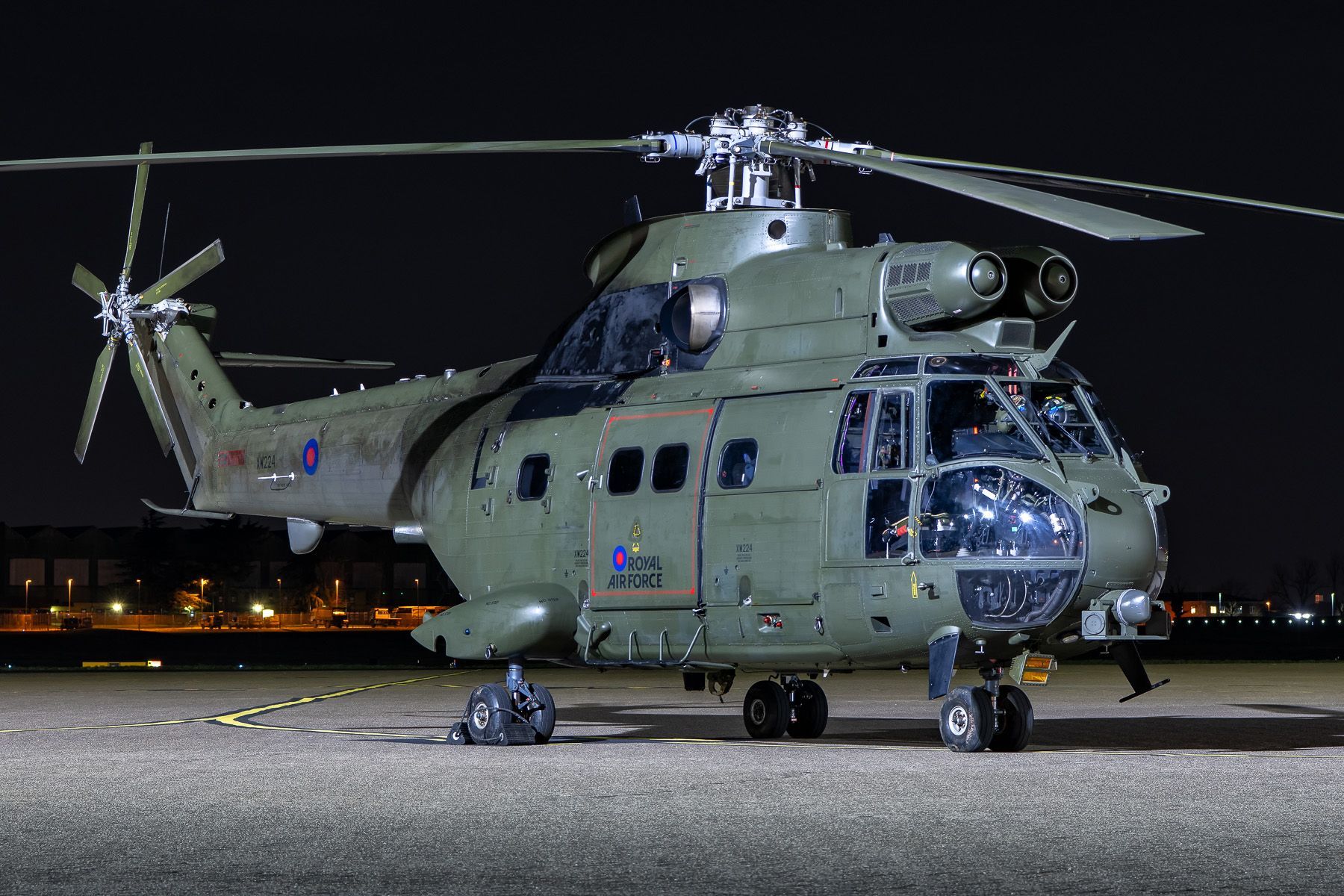
Although the Puma’s retirement and replacement has been planned before, the last helicopters will finally retire on 31 March 2025. With Puma XW224 leaving for its home base RAF Benson, the Northolt Nightshoot XXXII was one of the very last occasions to witness the Puma in action. But no worries: future night photography events at RAF Northolt will certainly attract many more interesting visitors, waiting to be stored in numerous pixels on ditto memory cards. ■